Cute mushrooms are small, visually appealing fungi characterized by their unique shapes, vibrant colors, and whimsical appearances. Often found in forests, meadows, and gardens, these mushrooms capture the imagination with their fairy-tale-like presence. Their charming looks make them a popular subject in art, photography, and folklore.
Cute Mushroom captivate the imagination with their whimsical shapes and vibrant colors, making them a delightful discovery for nature enthusiasts. These tiny fungal wonders, often found nestled in the mossy undergrowth of forests, resemble something straight out of a fairy tale. Each variety boasts unique characteristics, from polka-dotted caps to delicate frills, drawing admirers from all walks of life. Their enchanting presence not only adds a splash of color to the forest floor but also sparks curiosity and wonder in those who stumble upon them.
Cute mushrooms are small, visually appealing fungi characterized by their unique shapes, vibrant colors, and whimsical appearances. Found in diverse habitats such as forests, meadows, and gardens, these enchanting fungi often capture the imagination with their fairy-tale-like presence. Many species, like the delicate Mycena or the vibrant Amanita muscaria, are renowned for their charming aesthetics. Their intriguing forms and hues make them popular subjects in art, photography, and folklore, symbolizing the mysterious beauty of the natural world.
The Diversity of Cute Mushrooms
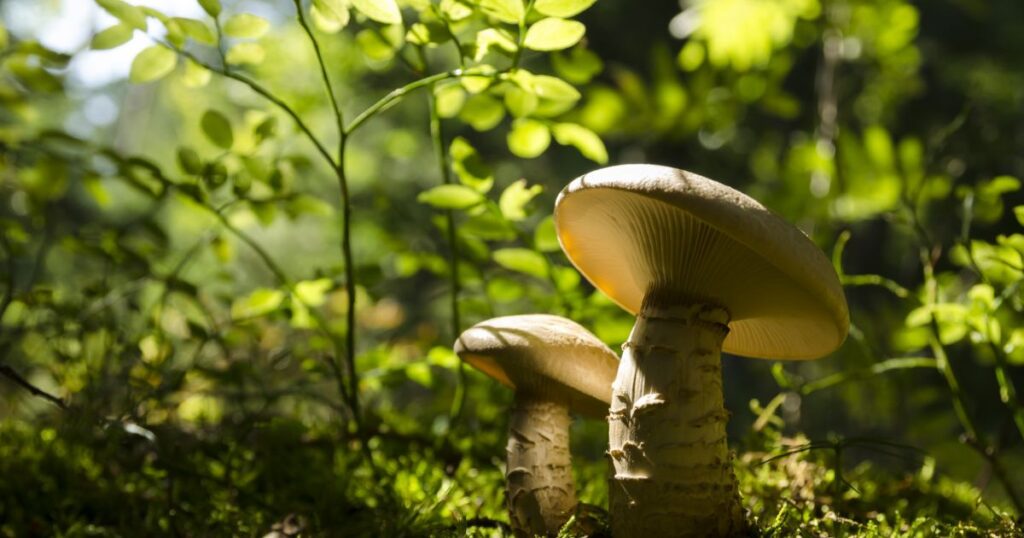
While we think about cute mushrooms, a few iconic species may come to thoughts, however the fact is that the sector of endearing fungi is relatively diverse. From the forests of North america to the tropical jungles of Southeast Asia, cute mushrooms can be found in nearly each habitat on the planet. let’s discover a number of the maximum charming sorts that have captured the hearts of mushroom enthusiasts:
Amanita muscaria (Fly Agaric)
Perhaps the most recognizable of all lovely mushrooms, the Amanita muscaria is often related to fairy tales and fable worlds. Its vibrant pink cap decorated with white spots makes it immediately identifiable. In spite of its toxicity, this mushroom has lengthy been well-known for its whimsical look and cultural significance.
Mycena family
These small, sensitive mushrooms frequently seem in clusters on decaying wooden or woodland flooring. Many species inside the Mycena genus are bioluminescent, including an ethereal glow to their already charming appearance. Their translucent caps and slim stems give them an almost otherworldly great.
Entoloma hochstetteri (Blue Pinkgill)
Native to New Zealand, this putting blue mushroom looks like it belongs in a fairy lawn. Its vibrant azure coloration and small size make it a favourite among mushroom photographers and nature lovers.
Hygrocybe cantharellus (Chanterelle Waxcap)
These small, brightly colored mushrooms range from yellow to orange and red. Their waxy texture and trumpet-like shape give them a playful, almost toylike appearance.
Marasmius haematocephalus (Pinwheel Mushroom)
These tiny mushrooms resemble miniature umbrellas or pinwheels. Their delicate, pleated caps come in various pastel shades, making them look like they’ve sprung from the pages of a children’s storybook.
Hydnellum peckii (Bleeding Tooth Fungus)
While possibly now not conventionally lovable, this fungus has a unique charm. It exudes a red juice that makes it appear to be it’s bleeding, earning it the nickname “strawberries and cream.” Its bizarre look has made it a favorite among enthusiasts of unusual mushrooms.
Coprinellus disseminatus (Fairy Inkcap)
These tiny mushrooms often appear in large clusters, creating a whimsical scene reminiscent of a fairy village. Their bell-shaped caps and delicate stems give them an enchanting appearance.
Tremella fuciformis (Snow Fungus)
This jelly fungus has a translucent, frilly look that resembles a sensitive flower or a cluster of ice crystals. Its ethereal splendor has made it a famous difficulty in each conventional and cutting-edge Asian art.
The range of lovable mushrooms extends a long way past those examples, with new species being found often. every one brings its very own precise allure to the fungal international, whether via vibrant colours, unusual shapes, or pleasant increase styles.
The Science Behind the Cuteness
While the appeal of cute mushrooms is subjective, there are some scientific explanations for why we find certain fungi so endearing. Understanding the biology and ecology of these organisms can enhance our appreciation for their charm:
Size and Proportion
Most of the mushrooms we recall lovable are fantastically small, often no taller than a few centimeters. This miniature scale triggers what is known as the “child schema” impact, a mental phenomenon where humans are instinctively interested in features related to babies or younger animals. The disproportionately large caps of many small mushrooms on the subject of their stems can evoke a similar reaction to a infant’s large head compared to its body.
Colors and Patterns
Shiny, contrasting hues are frequently perceived as playful and appealing. Many lovable mushrooms show vibrant shades that stand out towards the forest ground, such as the purple and white of Amanita muscaria or the diverse shades of Hygrocybe species. these colorings, whilst regularly serving as warnings in nature, appeal to our visual senses and make a contribution to the mushroom’s perceived cuteness.
Texture and Form
The smooth, rounded shapes of many mushroom caps trigger positive responses in our brains. Soft, pillow-like textures and gently curving forms are often associated with comfort and safety, contributing to the overall appeal of these fungi.
Clustering and Growth Patterns
Many cute mushrooms grow in clusters or groups, creating scenes that resemble miniature communities or landscapes. This arrangement can spark our imagination and create a sense of wonder, enhancing the overall charm of the mushrooms.
Bioluminescence
Some mushrooms, like certain Mycena species, exhibit bioluminescence, glowing softly in the dark. This magical quality adds to their ethereal charm and has inspired countless stories and myths throughout human history.
Understanding these factors can help us appreciate the complex interplay between fungal biology and human perception that results in our finding certain mushrooms irresistibly cute.
Ecological Importance of Cute Mushrooms
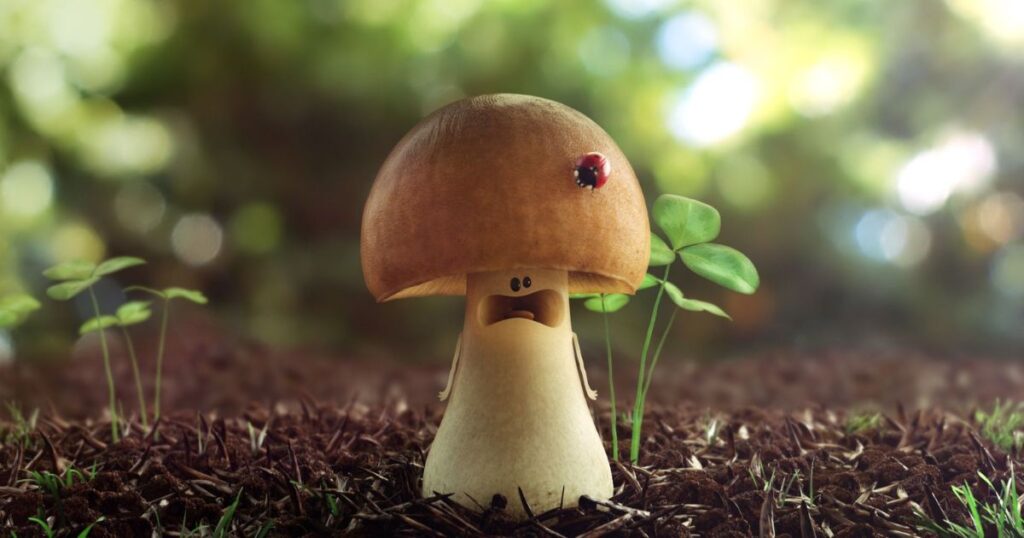
While their charming appearance might be the first thing we notice, cute mushrooms play crucial roles in their ecosystems. Understanding their ecological importance can deepen our appreciation for these fascinating organisms:
Decomposition and Nutrient Cycling
Many cute mushrooms, like the Fairy Inkcap (Coprinellus disseminatus), are saprotrophs, meaning they break down dead organic matter. This process is vital for nutrient cycling in ecosystems, returning essential elements to the soil for use by other organisms.
Mycorrhizal Relationships
Some adorable mushrooms, including many Amanita species, form symbiotic relationships with plants. These mycorrhizal fungi extend the reach of plant root systems, helping them absorb water and nutrients more efficiently. In return, the plants provide the fungi with carbohydrates produced through photosynthesis.
Food Sources for Wildlife
Despite some species being toxic to humans, many cute mushrooms serve as important food sources for various animals. Squirrels, deer, and numerous insect species rely on mushrooms as part of their diet.
Habitat Creation
The presence of mushrooms can create microhabitats for small organisms. The shade and moisture provided by mushroom caps can create ideal conditions for insects, bacteria, and other microorganisms.
Soil Structure
The mycelium (the vegetative part of a fungus) of many cute mushrooms helps to improve soil structure. By growing through the soil, it creates channels for water and air, enhancing soil health.
Indicator Species
Some cute mushrooms serve as indicator species, their presence or absence providing information about the health of an ecosystem. For example, the diversity of waxcap mushrooms (Hygrocybe spp.) is often used as an indicator of grassland health in Europe.
Bioremediators
Certain mushrooms have the potential to break down pollutants within the environment. while no longer all of these are conventionally lovely, some fascinating species like positive Mycena have proven capacity on this vicinity.
By means of understanding the ecological roles of lovely mushrooms, we are able to recognize that their value is going a long way beyond their aesthetic attraction. these small wonders are necessary elements of healthy ecosystems, contributing to the stability and biodiversity of our herbal global.
Cultural Significance and Folklore
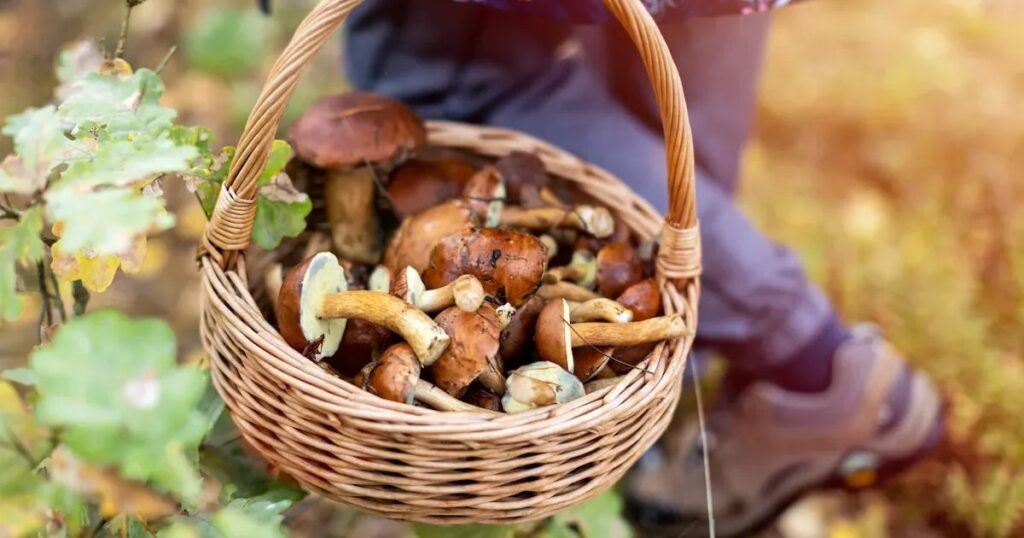
Cute mushrooms have captivated human imagination for centuries, finding their way into folklore, art, and cultural traditions around the world. Their whimsical appearance and sometimes mysterious properties have made them subjects of fascination and reverence:
Fairy Tales and Mythology
In European folklore, mushrooms are often associated with fairies and other mythical creatures. The Fly Agaric (Amanita muscaria), with its distinctive red cap and white spots, is particularly prevalent in fairy tale illustrations and is often depicted as fairy houses or umbrellas.
Alice in Wonderland
Lewis Carroll’s famous novel features a caterpillar sitting on a mushroom, with one side making Alice grow larger and the other making her shrink. This magical property has become a common trope in fantasy literature and media.
Traditional Medicine
Many cultures have used cute mushrooms in traditional medicine. For example, the Snow Fungus (Tremella fuciformis) has been used in Chinese medicine for centuries, believed to have anti-aging properties.
Religious and Spiritual Practices
Some mushrooms, including the cute but powerful Psilocybe species, have been used in religious and spiritual practices by various cultures, particularly in Central and South America.
Art and Design
The charming forms of cute mushrooms have inspired artists and designers for generations. From Art Nouveau patterns to modern digital art, fungal forms continue to influence creative expression.
Mascots and Characters
In popular culture, cute mushroom characters have become beloved mascots and icons. The most famous example is likely the Super Mario franchise’s Toad character, inspired by the Amanita mushroom.
Culinary Traditions
While many of the cutest mushrooms are not edible, some, like certain species of Chanterelles, are prized in cuisines around the world for both their flavor and their charming appearance.
Environmental Symbolism
In recent years, cute mushrooms have become symbols of environmental awareness and the interconnectedness of nature. Their role in decomposition and nutrient cycling has made them icons of sustainability and natural balance.
Modern Subcultures
The aesthetic appeal of cute mushrooms has given rise to modern subcultures, particularly online. “Cottagecore” and similar aesthetics often feature idealized depictions of mushrooms as part of a romanticized view of rural life.
The cultural significance of cute mushrooms demonstrates their power to inspire and captivate across various aspects of human society. From ancient myths to modern pop culture, these charming fungi continue to hold a special place in our collective imagination.
Read More:
The Rise Of Mushroom Hats In Contemporary Fashion
Photography and Art: Capturing Cute Mushrooms
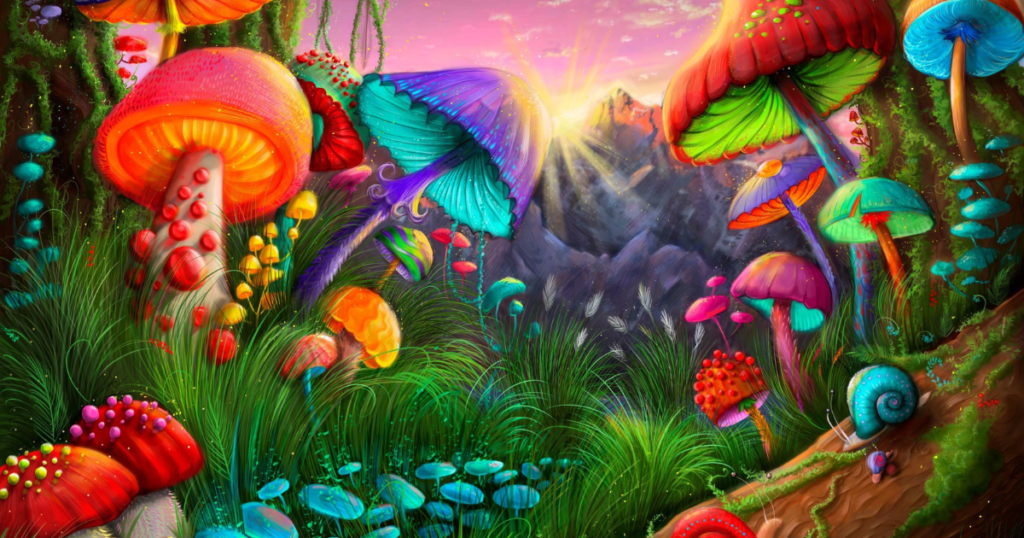
The visual appeal of cute mushrooms has made them popular subjects for photographers and artists. Capturing the essence of these diminutive fungi presents unique challenges and rewards:
Macro Photography
Many lovely mushrooms are pretty small, requiring specialized macro lenses to capture their complex details. Macro pictures allows us to look those tiny wonders in approaches which might be impossible with the naked eye, revealing delicate textures, colourful colorings, and tricky systems.
Lighting Techniques
Photographing mushrooms regularly approach working in low-mild wooded area environments. Photographers use numerous lights techniques, from natural light to specialized flash setups, to focus on the specific capabilities of cute mushrooms with out demanding their herbal habitat.
Composition and Context
Skilled mushroom photographers don’t just capture the fungus itself but additionally its surrounding surroundings. This context can beautify the perceived cuteness through displaying the mushroom’s small size on the subject of its habitat.
Seasonal Considerations
Many cute mushrooms are ephemeral, appearing only under specific conditions or during certain seasons. Photographers often need to time their excursions carefully to capture these fleeting beauties.
Digital Art and Illustration
The whimsical shapes and colors of cute mushrooms lend themselves well to digital art and illustration. Many artists create fantastical scenes featuring anthropomorphized mushroom characters or magical mushroom landscapes.
Traditional Art Forms
From watercolor paintings to ceramic sculptures, cute mushrooms have inspired artists working in various traditional media. Their simple yet distinctive shapes make them accessible subjects for artists of all skill levels.
Scientific Illustration
Accurate depictions of mushrooms are crucial in mycology. Scientific illustrators combine artistic skill with scientific accuracy to create detailed representations of cute mushrooms, often revealing structures not visible in photographs.
Time-lapse Photography
The rapid growth and decay of many mushroom species make them ideal subjects for time-lapse photography. These videos can capture the entire life cycle of a cute mushroom, from a tiny pin to a fully mature fruiting body.
Conservation Photography
Some photographers use images of cute mushrooms to raise awareness about forest conservation and biodiversity. These engaging subjects can help draw attention to the importance of preserving natural habitats.
Social Media and Sharing
The upward thrust of social media structures has furnished new avenues for mushroom lovers to percentage their reveals. Hashtags like #cutemushrooms or #mushroom_moments have created communities of fungal photographers and admirers.
Through diverse artistic mediums, the allure of cute mushrooms is captured and shared, allowing humans round the world to appreciate these small wonders of nature. Whether through a carefully composed picture or a fanciful example, artwork performs a crucial position in celebrating and selling the attraction of adorable mushrooms.
The Growing Community of Cute Mushroom Enthusiasts
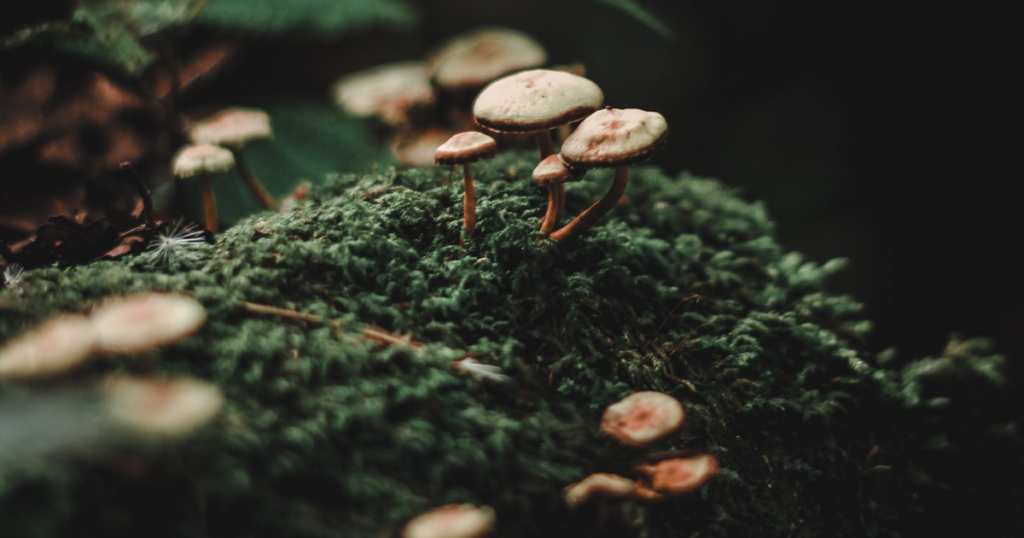
The charm of cute mushrooms has fostered a growing community of enthusiasts who share a passion for these captivating fungi. This community spans various interests and activities:
Mycological Societies
Many regions have mycological societies that organize forays, educational events, and conferences. While these groups study all types of fungi, the appeal of cute mushrooms often serves as a gateway for new members.
Online Forums and Social Media Groups
Platforms like Reddit, Facebook, and specialized mycology forums host active communities where enthusiasts share photos, identification requests, and general discussions about cute mushrooms.
Citizen Science Projects
Many cute mushroom enthusiasts contribute to citizen science projects, helping to map fungal distributions and track species over time. Apps like iNaturalist allow users to upload observations, contributing to scientific understanding of fungal ecology.
Mushroom Cultivation
Some enthusiasts take their passion further by cultivating mushrooms at home. While many edible mushrooms are cultivated primarily for culinary purposes, some hobbyists grow cute, non-edible species purely for their aesthetic value.
Mushroom-themed Merchandise
The popularity of cute mushrooms has led to a market for mushroom-themed products, from clothing and accessories to home decor items. Many artists and crafters create and sell mushroom-inspired goods.
Educational Outreach
Experienced mushroom enthusiasts often become educators, leading nature walks, giving lectures, or writing books to share their knowledge and passion for cute fungi with others.
Conservation Efforts
Some mushroom enthusiasts become involved in conservation efforts, advocating for the protection of fungal habitats and raising awareness about the ecological importance of fungi.
Mushroom Festivals
Many communities host mushroom festivals that celebrate fungal diversity. While these often focus on edible mushrooms, they frequently include exhibitions and activities centered around cute and unusual mushroom species.
Mushroom Tourism
Some travel companies now offer “mycotourism” packages, where enthusiasts can travel to fungal hotspots around the world to observe and photograph rare and beautiful mushroom species in their natural habitats.
Artistic Communities
Artists inspired by cute mushrooms often form communities to share techniques, inspiration, and finished works. These can range from traditional painting groups to digital art communities on platforms like DeviantArt or Instagram.
Scientific Research
While professional mycologists study all aspects of fungi, the popular appeal of cute mushrooms can help generate public interest and support for fungal research.
Mushroom Identification Challenges
Some online communities host regular challenges where members try to identify mushroom species from photographs, combining education with friendly competition.
This diverse and growing community of cute mushroom enthusiasts plays a crucial role in promoting awareness and appreciation of fungi. Through their collective efforts, they contribute to scientific knowledge, conservation efforts, and the cultural celebration of these charming organisms.
Challenges and Considerations in Cute Mushroom Appreciation
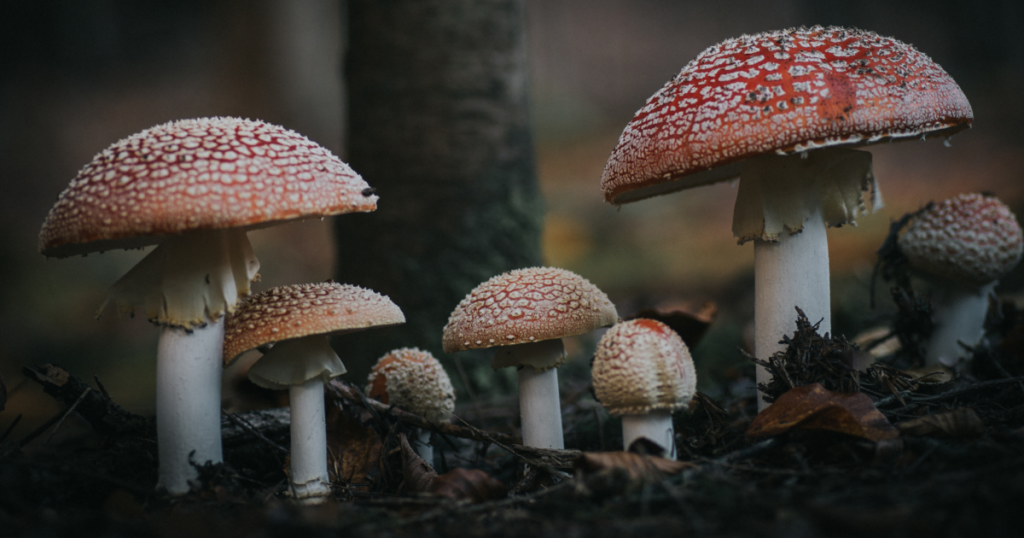
While the world of cute mushrooms is filled with wonder and excitement, it’s important to approach this hobby with knowledge and respect for nature. Here are some challenges and considerations for mushroom enthusiasts:
Safety Concerns
Many mushrooms, including some of the cutest species, can be toxic if ingested. It’s crucial for enthusiasts to prioritize safety and avoid touching or consuming mushrooms unless they are absolutely certain of the species and its edibility.
Ethical Foraging
When observing mushrooms in the wild, it’s important to follow ethical foraging practices. This includes not disturbing the mushroom’s habitat, taking only photographs, and leaving the fungi intact for others to enjoy and for the ecosystem to benefit from.
Legal Considerations
Some areas have restrictions on mushroom collection, even for photography purposes. Enthusiasts should be aware of local regulations and obtain necessary permits when required.
Habitat Preservation
The increasing popularity of mushroom hunting and photography can lead to habitat degradation if not done responsibly. Enthusiasts should be mindful of their impact on fragile ecosystems.
FAQs
What makes a mushroom “cute”?
Cute mushrooms are often defined by their small size, vibrant colors, unique shapes, and whimsical appearances that evoke a sense of wonder and charm.
Where can I find cute mushrooms?
Cute mushrooms can be found in various habitats such as forests, meadows, gardens, and even urban areas. They thrive in moist, shaded environments rich in organic matter.
Are cute mushrooms safe to touch and handle?
While many cute mushrooms are safe to touch, some can be toxic. It’s important to handle all wild mushrooms with care and avoid ingesting them unless positively identified as safe by an expert.
Can I grow cute mushrooms at home?
Yes, many cute mushrooms can be cultivated at home using mushroom growing kits or by creating a suitable environment for their growth, such as a damp, shaded garden area with rich soil.
Why are cute mushrooms often featured in art and folklore?
Cute mushrooms are featured in art and folklore due to their enchanting and whimsical appearances, which inspire creativity and imagination. They are often associated with fairy tales and magical forest settings.
Conclusion
Discovering the charm of cute mushrooms opens a window right into a charming and enthralling world of nature’s tiny marvels. these pleasant fungi captivate with their bright colorations, specific shapes, and fairy-tale-like presence, adding a touch of magic to the forest ground and past. Their charm extends beyond aesthetics, sparking interest and a deeper appreciation for the numerous ecosystems they inhabit. As symbols of the mysterious splendor of the natural world, lovable mushrooms have found their manner into art, photography, and folklore, inspiring limitless memories and innovative works. at the same time as exploring the wonders of lovely mushrooms, it’s miles critical to technique them with respect and warning, acknowledging their ecological significance and ability toxicity. whether or not encountered within the wild or cultivated at domestic, adorable mushrooms provide a charming glimpse into the complex and whimsical aspect of nature.

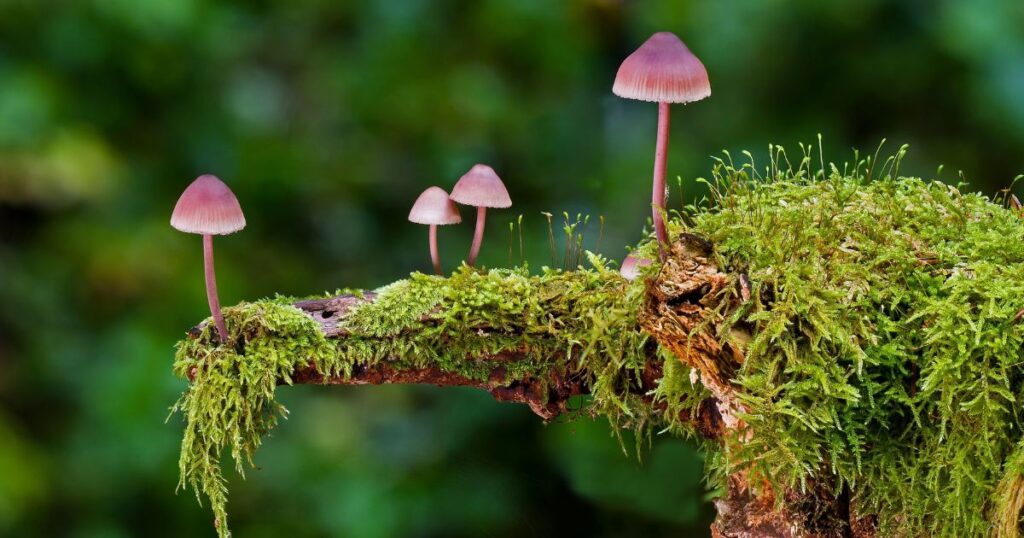
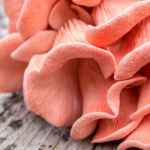
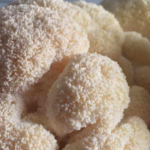
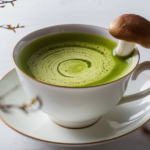
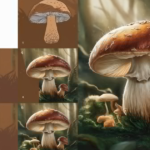
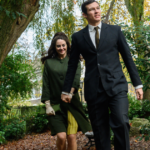
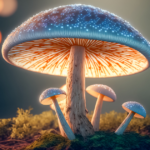
1 thought on “Discover the Charm of Cute Mushrooms”